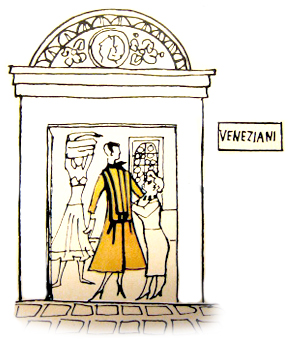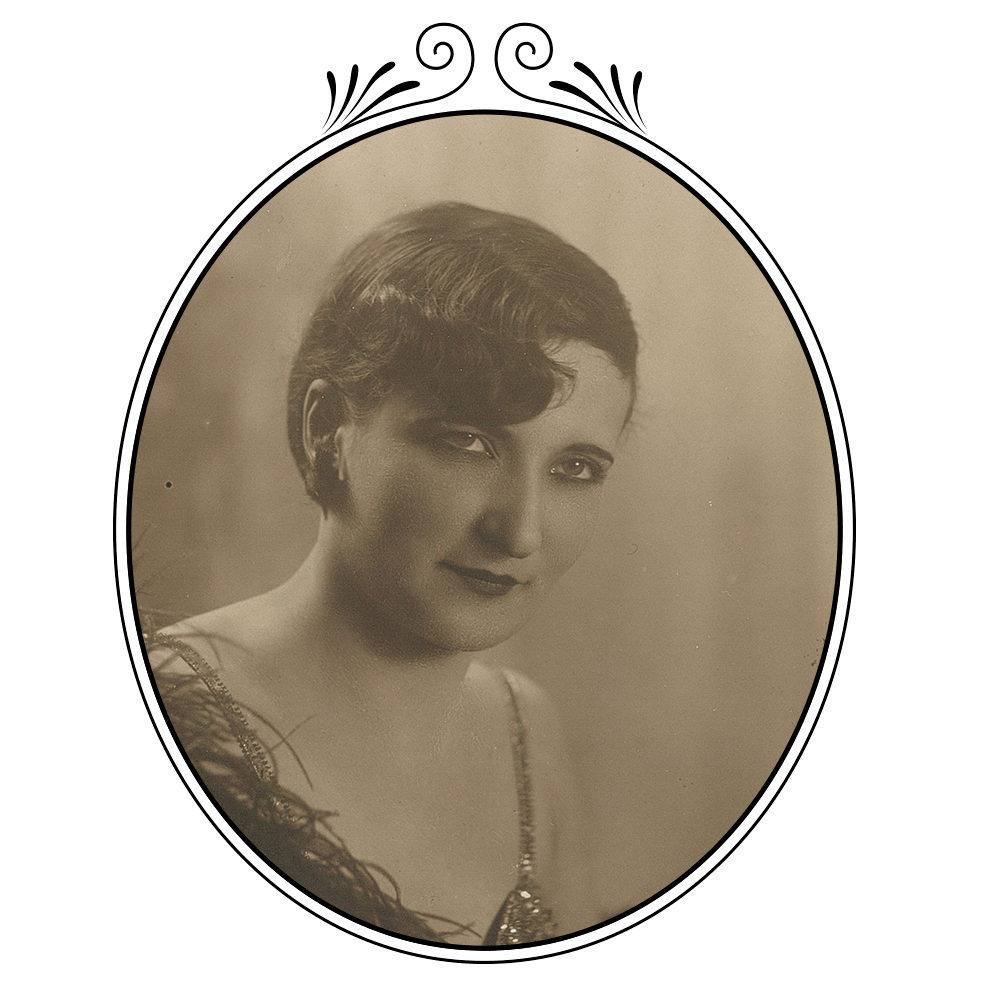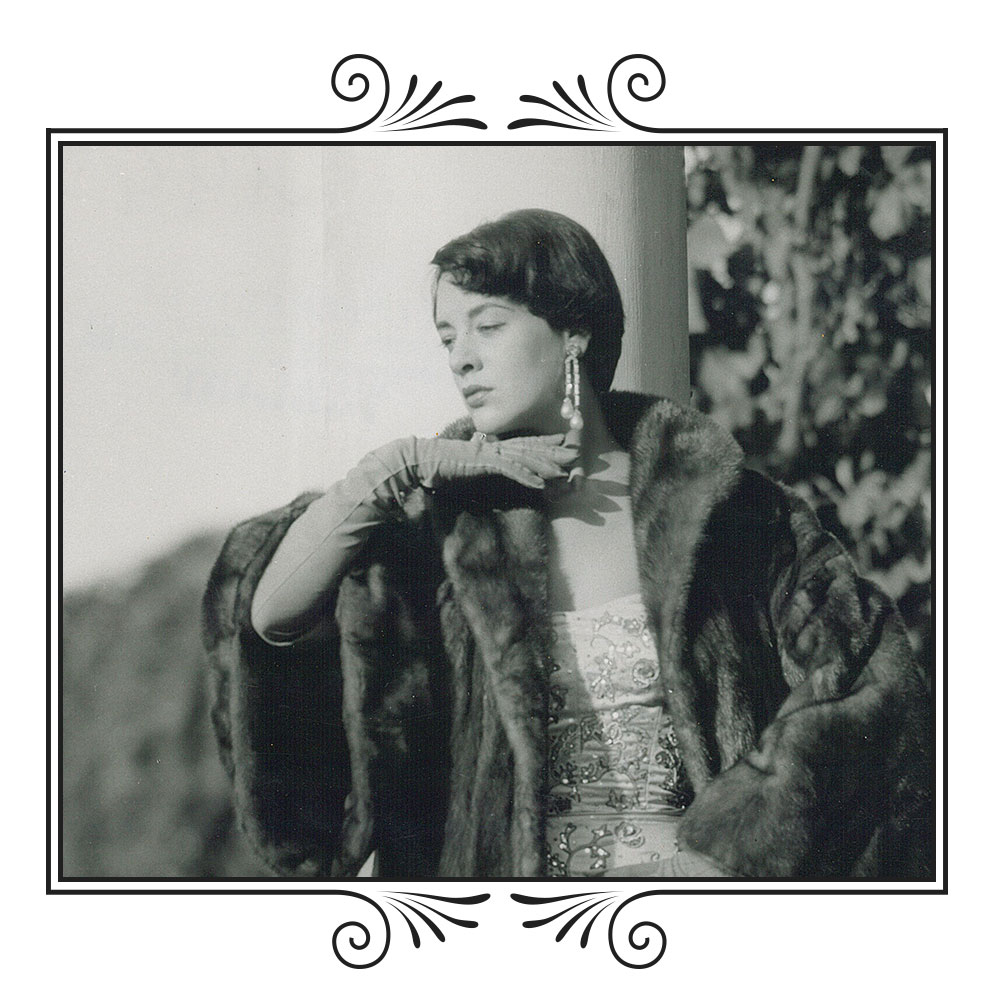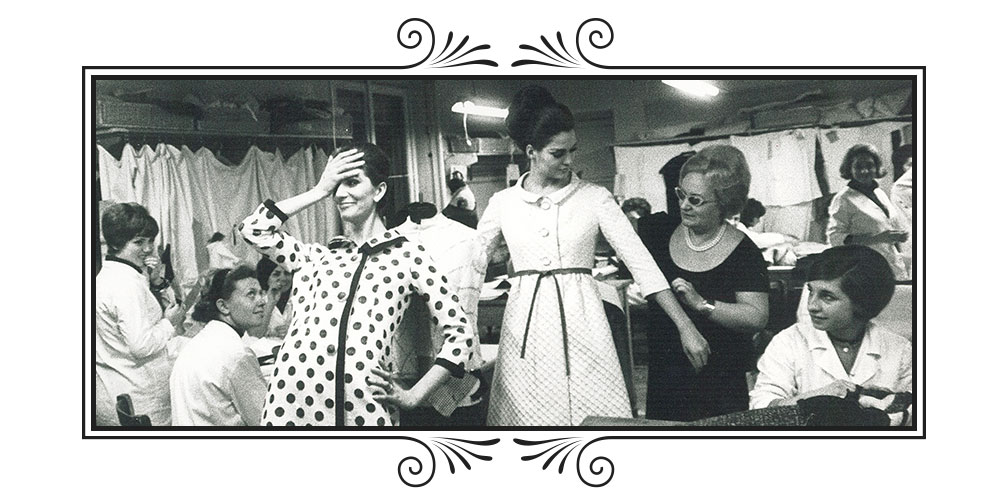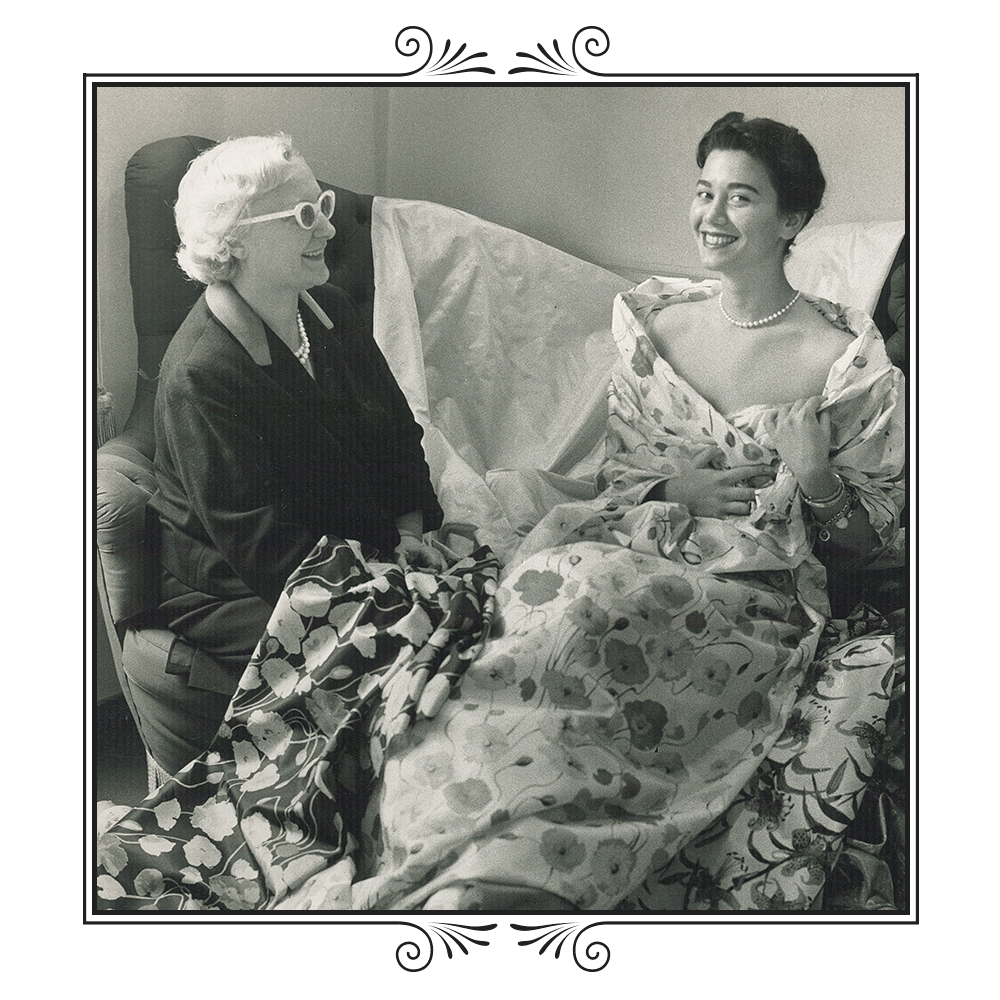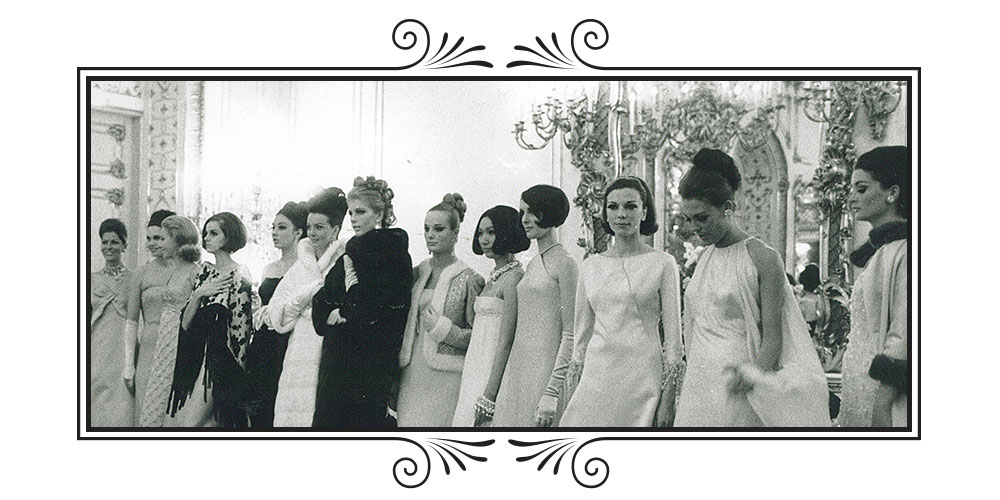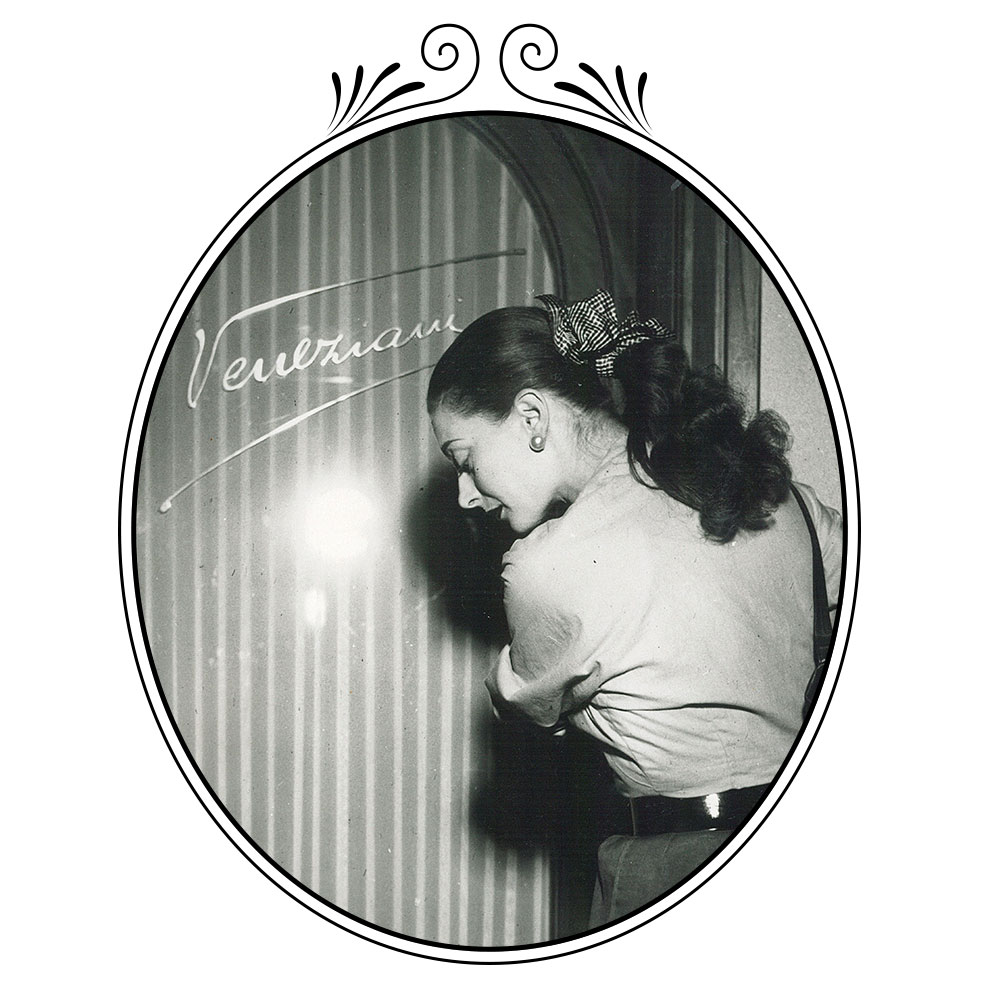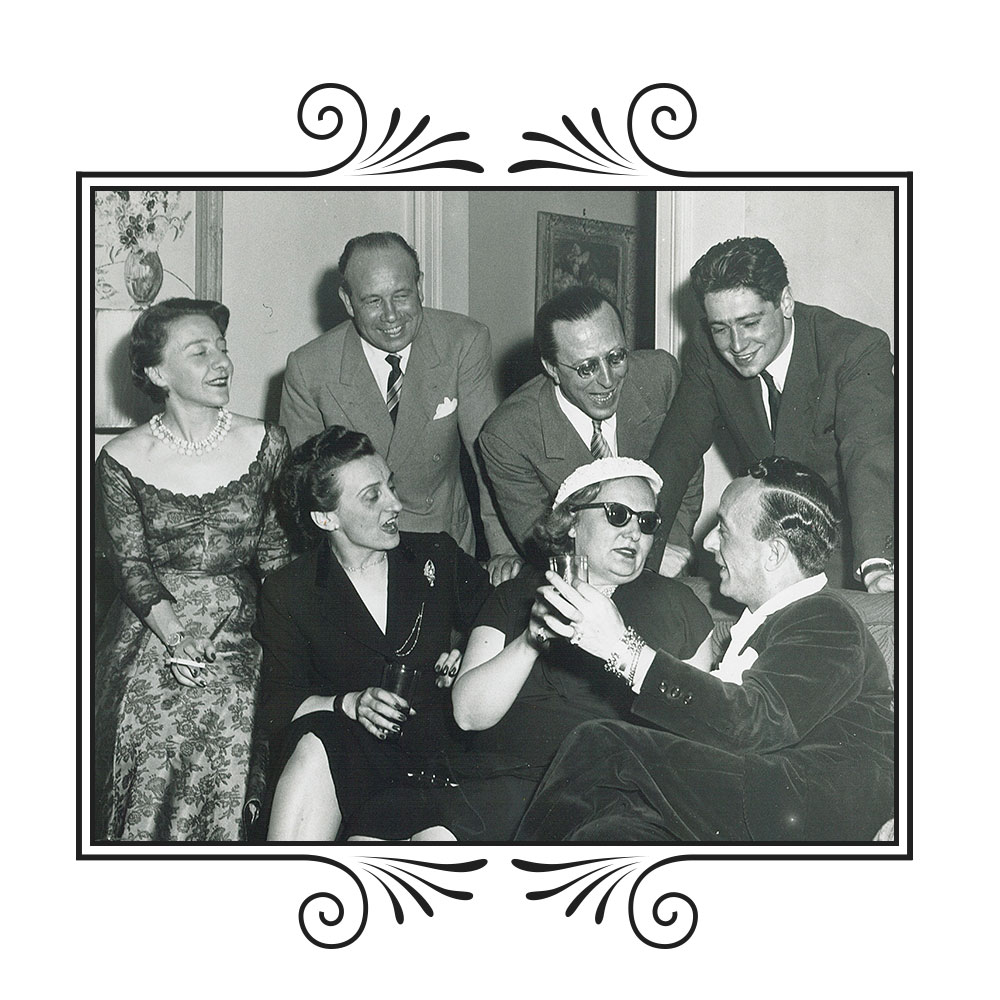Jole Veneziani
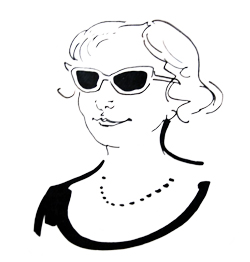
Designer Jole Veneziani, originally from Puglia, began her career in Milan, which became her longtime home. From the outset, Veneziani’s innovative designs rapidly became known regionally and internationally. Her career was solidified after being among the select few invited to participate in the first Italian Haute Couture show, hosted by count Giovanni Battista in Florence’s Villa Torrigiani. Veneziani was particularly adept at capturing the spirit of the times in her designs, and was named among the ’Greats of Italy’ along with Emilio Pucci and Sorelle Fontana. This couture show launched the beginning of impressive presentations in the White Hall of the Palazzo Pitti, where Italian Fashion began.
Sumptuous Creativity
The Jole Veneziani collection is distinguished for its sumptuous, elegant forms, rich and generous creativity, and modern style. Veneziani had the rare talent of being able to anticipate the direction of fashion of the following decades, and was at the cusp of fashion with innovative designs.
She was pioneer in using fur as a fabric to create luxurious details, for unexpected combinations of materials and colors, for the avant- garde silhouttes.
Jole Veneziani, known for her ‘paws of velvet’ was among the most sought-after couturiers of her time. Her atelier’s address, originally on via Nirone, moved permanently to the third floor of via Montenapoelone 8.
Veneziani’s legacy, held by the Bano Foundation, is of one of female entrepreneurship and her unmistakeable contributions to the development and success of Italian fashion during her lifetime.
Iconic figures including Josephine Baker, Marlene Dietrich, Maria Callas and Lucia Bosè, were among her greatest devotees.
